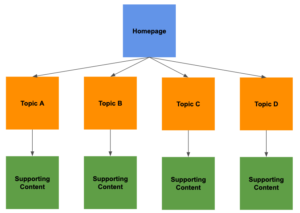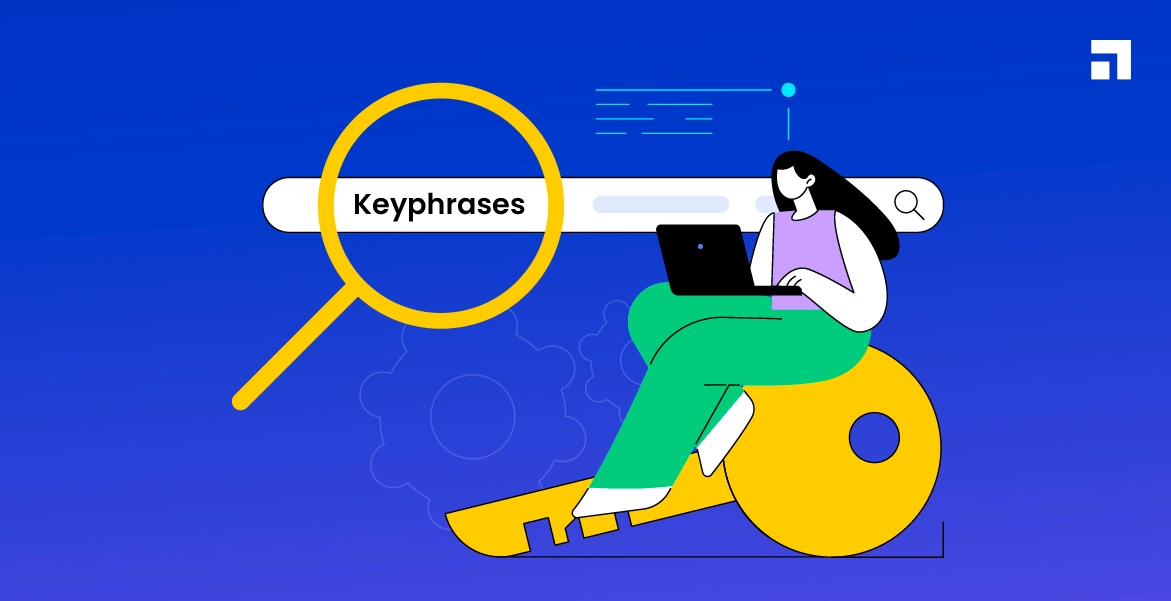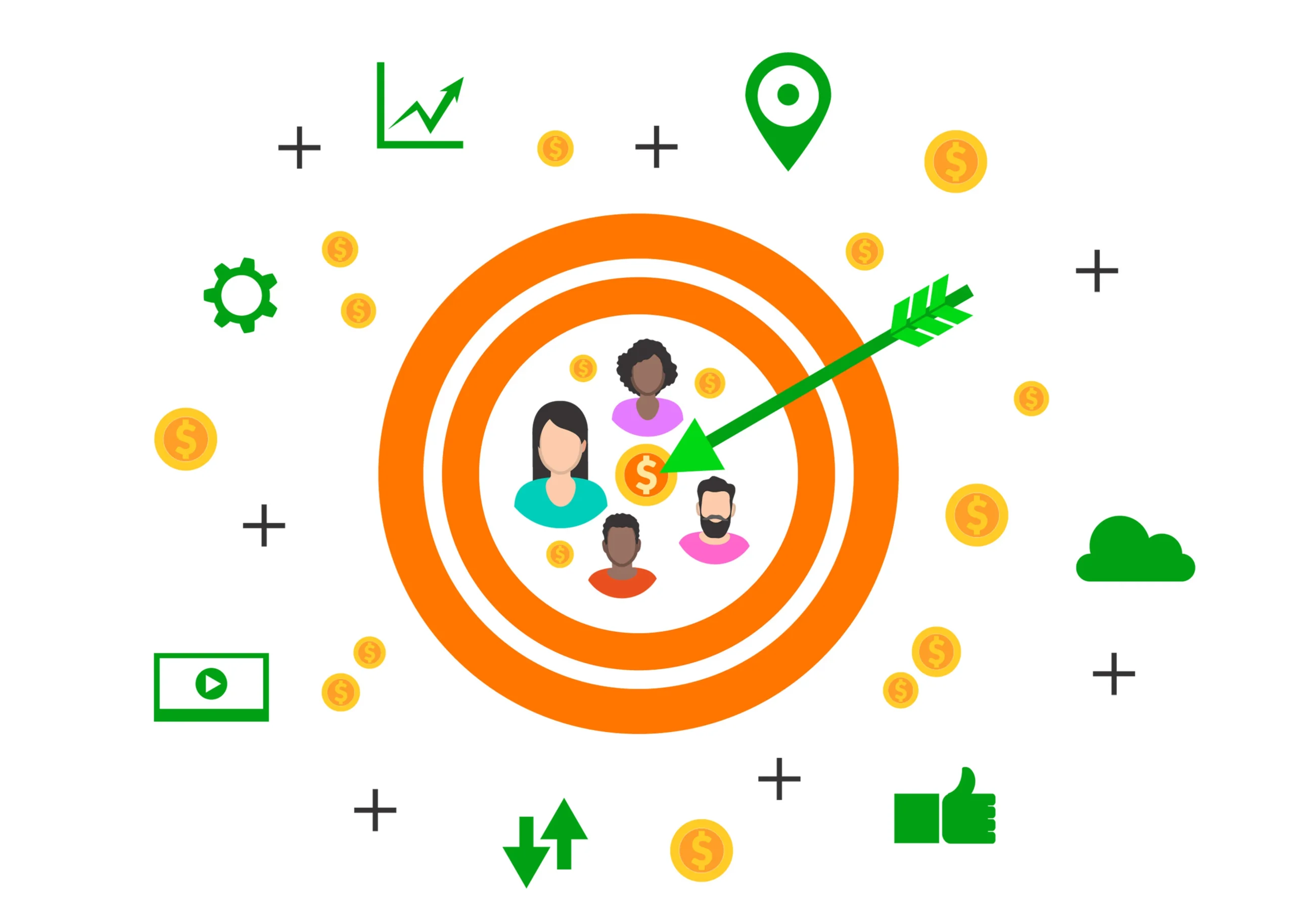Ideally, internal links are hyperlinks that you see on a webpage that points to another webpage or resources like an image, video, or document on the same domain or website. These types of internal links allow users to navigate your website easily. Therefore, following the internal linking best practices is essential to enhance the overall website experience.
Benefits of Internal Linking Best Practices
Whenever Google crawls any website, it follows internal and external links using the Google bot. The Googlebot reaches the website’s homepage, and then it starts following the first link that comes across the website.
It can understand the relationship between different web pages within your website by following the link. Additionally, after understanding the relationship between the other web pages, Google divides the link value between the various links present on your webpage.
Generally, the website’s homepage has an optimum number of internal links on any page, and it is due to that reason it carries the optimum link value. The link value is then passed on to the following web pages, and it would be divided further among other links present on the page.
You can get maximum value when the majority of the links pass their value onto another link. Google will get the idea of the basic structure of your website, and that is the main reason you need to add links throughout your content.
It will help you build a website hierarchy that allows you to provide optimum value to essential web pages on the website or the blog posts. You can also improve the SEO ranking when you have relevant internal links to a page or a blog post for user benefits.
You can increase the number of pages ranked with a proper internal linking strategy as Google deems web pages with more links to be more critical than other web pages.
Benefits of having internal linking best practices
You must have understood how internal links help establish the site structure by now. A proper internal linking strategy helps users navigate to a website seamlessly. You can redirect users to relevant web pages with the help of anchor links so that they can enjoy exploring what they like.
When users find the content in these linked web pages is related, they tend to stay longer on any given website, which increases page views. New users will also be able to discover topics of interest with the site-wide internal linking, and you can surely see an improvement in the conversion rate constantly.
When you spread the link juice to related web pages, any page with a high page rank can benefit through internal linking best practices. When the pages have an internal link, they will see an improvement in the authority and boosted ranking.
Internal links can also minimise the bounce rate of your website. While people don’t find the content engaging, they tend to leave this website midway without even reading the entire range. Therefore, you can minimise the bounce rate to a great extent if you optimise the content with relevant internal linking best practices.
The internal linking best practices that you can follow are given here
Create optimum content
It would be best if you created several internal pages with the right quality content to create many internal links throughout your website. With a lot of content on your website, you will have enough internal linking opportunities.
You don’t need to stress the complex layers of content or any other techniques to build a great internal linking structure on your website. A professional seo service can help you alot.
Link high authority pages to new for improved ranking
The authority transfer strategy is an essential and effective method to distribute the link authority to several SEO-driven pages of your website. You can use different tools to find such pages and add internal links.
For example, you can just enter your domain in tools like on Best Buy links under pages. It is one of the best ways to give such SEO-driven pages a boost in authority.
Use anchor text that you wish to rank for
While keeping up with the content theme of internal linking, when it comes to images, you need to do it with the help of anchor text instead of just using photos. If you want to link ideas, then you must describe the picture correctly.
In addition, you need to use natural and unoptimized sentence structure fragments for connecting anchor text to avoid making the internal links look spammy.
Link deep
While building internal links, there are generally two types of internal links that you need to avoid building. The first is that you need to avoid making the links to the homepage of your website. Your homepage will already have several links pointing towards it, so focus on strengthening the internal pages by interlinking them.
Ensure that your links are contextual
The main aim of the internal linking strategy is to offer a better user experience, and all other benefits follow. Google mainly prefers websites that strive hard to provide the best possible user experience. So, while you are adding internal links to the content fees, you are telling the user whether the link web pages will match the context of their particular content or not.
It offers a win-win situation for both you and your target users. The users will find more to read, and you can see a boost in your ranking thanks to the efficient linking done on the website.
Use relevant links for internal linking.
Internal linking, as you know, is beneficial to provide a better experience and enhance your website ranking. So, whenever you are creating an internal link, you need to do it smartly and ensure that the webpage you link to is related to the content of the webpage that you are linking from.
Hence when you follow these internal linking best practices, you can easily enhance the internal linking structure of your website without getting into the complications or compromising the seamless website structure. Moreover, when you use the practices constantly throughout the website, you will build a strong link profile and enhance the SEO on your website.







